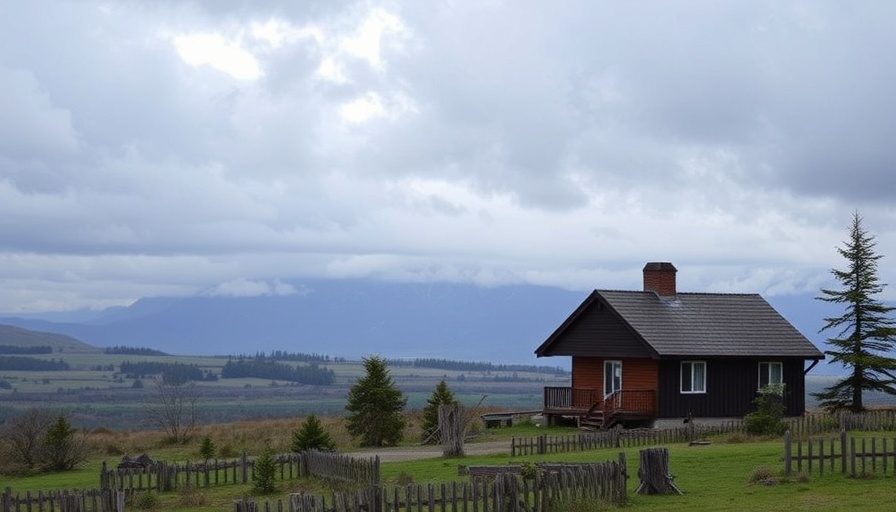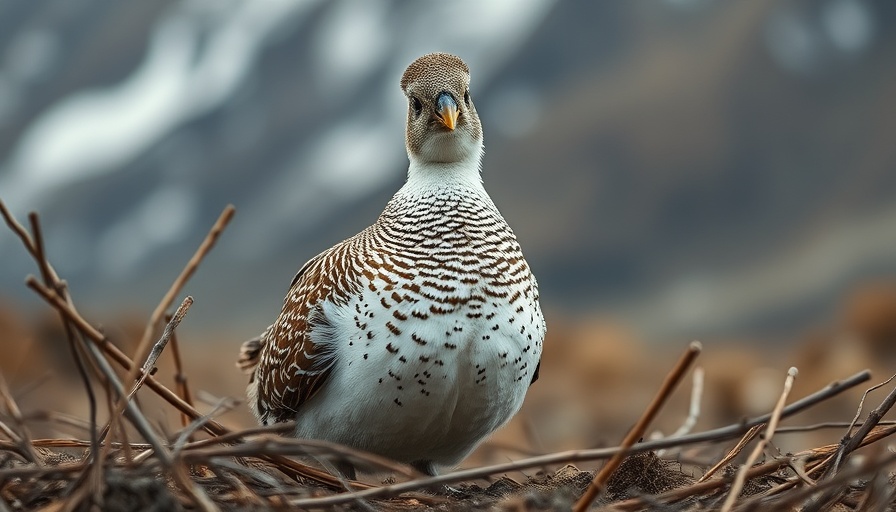
How Climate Change Impacts Us All
Climate change doesn’t just affect distant lands; it’s a pressing reality in our backyards. The recent Bring Birds Back podcast highlights the intersection of environmental issues and social justice, showing how our love for birds translates into action. As Anika Hazra converses with climate activist Dr. Rose Abramoff and veteran activist Dr. Mustafa Santiago Ali, a vivid picture forms around the urgent need for local and global activism.
Lessons from Activists of Different Generations
Dr. Abramoff’s recent activism—following her controversial termination after leading a climate protest—illuminates the personal costs of standing up for the environment. Meanwhile, Dr. Ali shares insights from over two decades of fighting for environmental justice, bridging the gap between policies and grassroots movements. Their discussions reveal that activism, much like the climate crisis, doesn’t adhere to age or experience; it varies in dimensions but unifies in purpose.
The Ripple Effect on Birds and Humans
Beyond the immediate concerns of environmental degradation, birds serve as a barometer for our ecosystem’s health. Their plight is intertwined with issues like clean water access and fresh air—issues that impact human health directly. In understanding that the fate of birds mirrors our own, we are compelled to act. As Dr. Abramoff notes, our efforts can catalyze change not just for birds, but for all forms of life intertwined within these ecosystems.
Empowerment Through Knowledge
While tackling climate change may seem daunting, the podcast emphasizes the importance of education and awareness as tools for empowerment. Activism can flourish from sharing stories, and involving communities in conservation efforts is vital to reversing damage caused over decades. The message is clear: knowledge is not just power; it is also a call to action.
Call to Action: Get Involved
The podcast inspires listeners not just to understand the climate crisis but to also participate actively in the fight for a healthier planet. Bird enthusiasts and individuals alike can find their footing in local initiatives or contribute to larger campaigns. Remember, every small action matters in the journey toward climate resilience.
 Add Row
Add Row  Add
Add 




Write A Comment